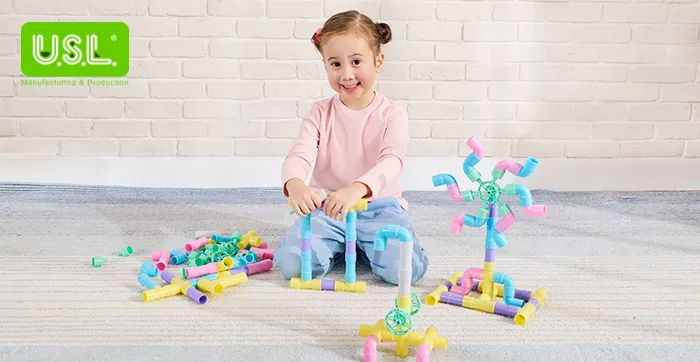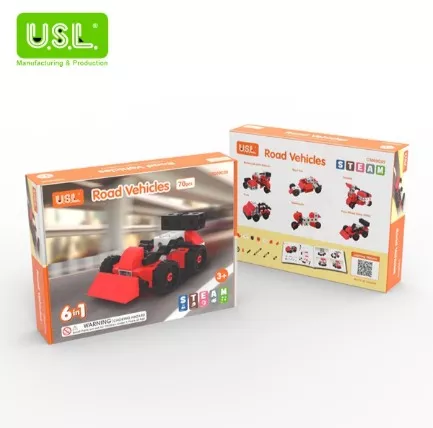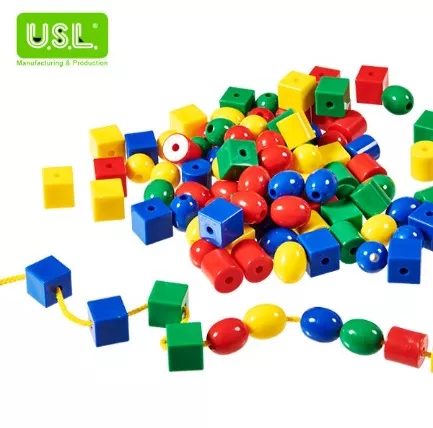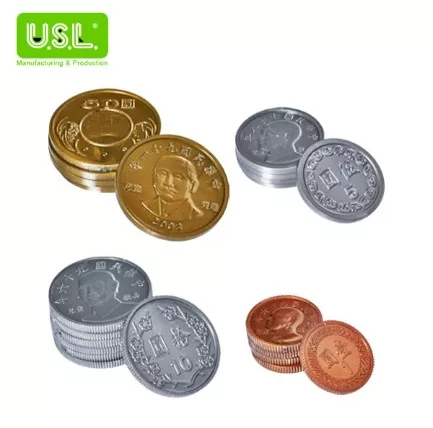Maintenance and Cleaning Tips for Educational Toys

Avoid Direct Sunlight:
Direct exposure can cause fading and deformation.
Avoid Moisture:
Humid environments can lead to mold and rot.
Avoid High Temperatures:
High heat can cause deformation and damage.
Avoid Heavy Pressure:
Weight can deform and damage the toys.
Cleaning Methods for Educational Toys
Inspect Before Cleaning:
Check for any damage. Repair or replace damaged items promptly. Address sharp edges to prevent cuts and remove mold spots immediately, considering disinfection to ensure safety.
Choose the Right Cleaning Agent:
Use a damp cloth for wooden toys, water or mild detergent for plastic toys, and vacuum or dry clean for plush toys.
Dry Thoroughly After Cleaning:
Moist toys can become moldy and rot.
Regular Cleaning:
Clean regularly, regardless of use.
Disinfect:
Disinfect toys that are prone to contamination or are frequently used by the public to ensure hygiene.
Organized Storage:
Use boxes, baskets, or shelves for storage, helping children know where each toy belongs, aiding in tidiness and easy management.
Regular Inspection:
Check the condition of educational toys regularly for any damage, looseness, or defects. Pay special attention to electronic toys' batteries to prevent leakage.
Based on Toy Type:
Puzzle Toys:
These include 3D puzzles, flat puzzles, and wooden puzzles. Mainly, avoid moisture, sunlight, and compression to prevent deformation, fading, and damage. Clean with a dry cloth or soft brush, and store completed or incomplete puzzles in their original packaging in a cool, dry place.
Construction Toys:
Such as blocks, beads, stacking models, and clocks. Avoid heat, grease, and sharp objects to prevent deformation, fading, and scratches. Clean with a dry cloth or soft brush, and store in original packaging or categorized containers in a cool, dry place.
Math Toys:
Include arithmetic puzzles and math games. Follow similar maintenance and cleaning guidelines as for puzzle toys, ensuring dry and cool storage.
Language Toys:
Such as letter puzzles and language learning toys. Maintenance and cleaning mirror those of math and puzzle toys, emphasizing the prevention of moisture and compression.
Science Toys:
Like experiment kits and solar system models. Avoid heat, moisture, and chemicals to prevent damage. Clean gently and store in a cool, dry place, ideally in original packaging or categorized containers.
Card Games:
Follow general cleaning and storage guidelines, with attention to avoiding moisture and ensuring organized storage to prevent loss and damage.
By adhering to these maintenance and cleaning tips, educational toys can remain safe, clean, and durable, contributing to a hygienic and conducive learning environment for children.
Recommended articles
➤ Educational Toys for Children: Key Selection Insights Revealed!
➤ How to Choose the Right Educational Toys for Different Ages and Interests?
➤ How to Spark Children's Interest in Educational Toys?
➤ Enhancing Parent-Child Interaction Through Educational Toy
➤ How Educational Building Blocks Help Children with Developmental Delays
➤ How to Choose the Right Educational Toys for Different Ages and Interests?
➤ How to Spark Children's Interest in Educational Toys?
➤ Enhancing Parent-Child Interaction Through Educational Toy
➤ How Educational Building Blocks Help Children with Developmental Delays
Recommended products




